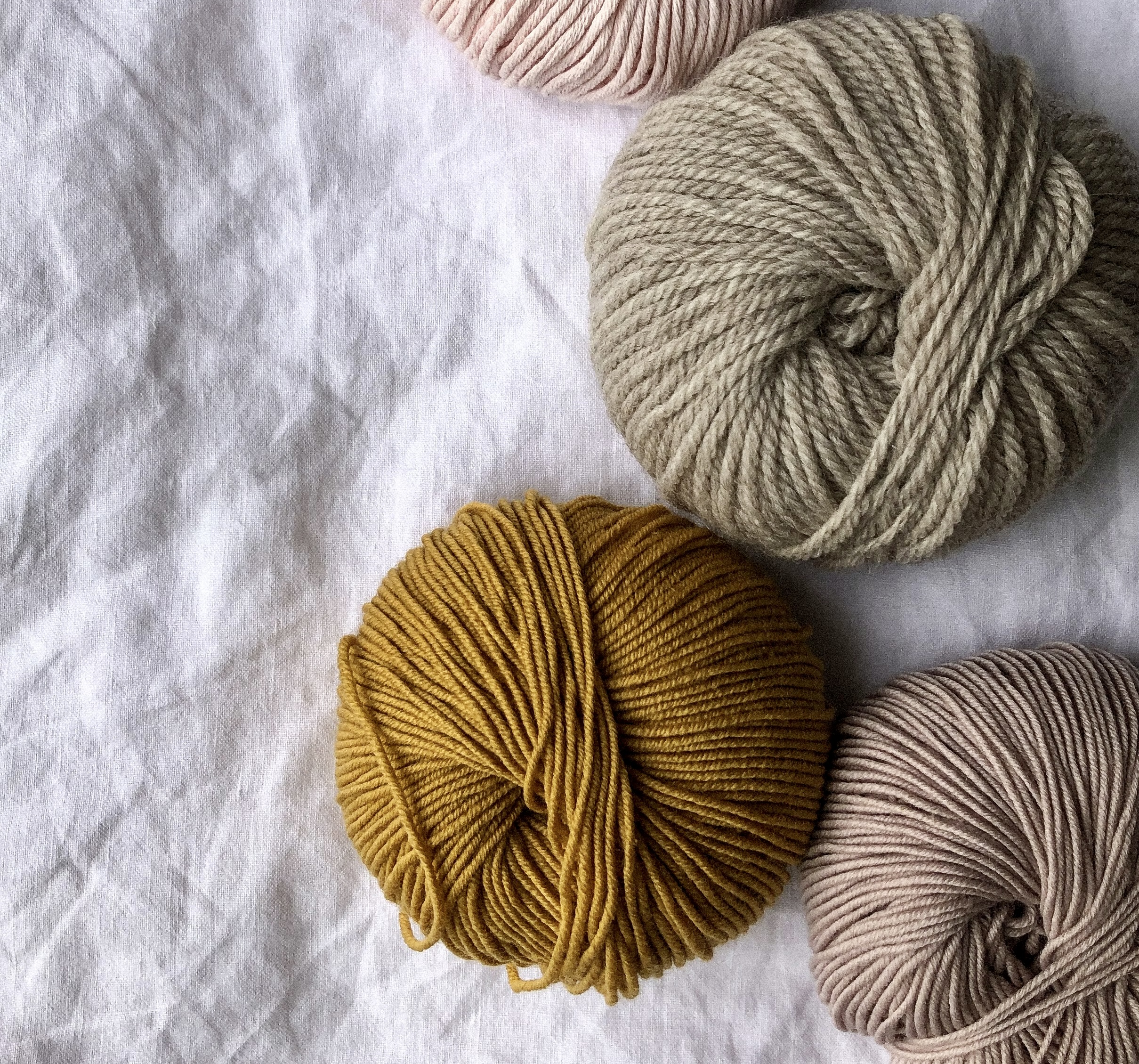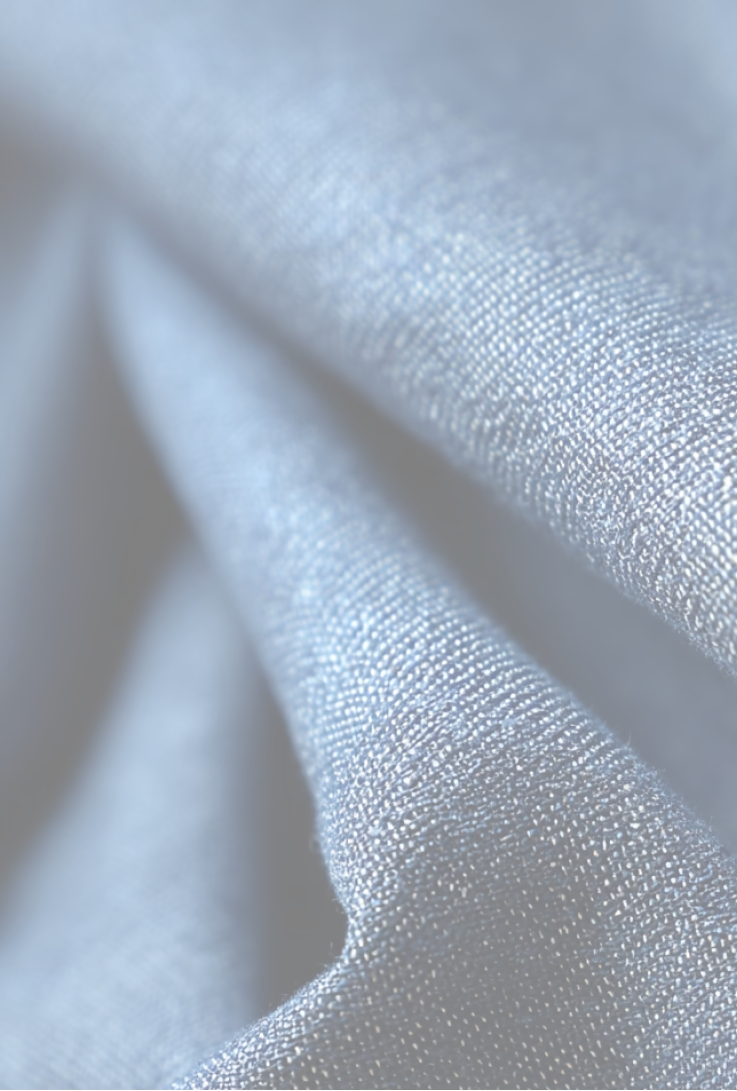Refashion Rates in France: the 3 Eco-bonuses in the Apparel and Footwear industry.
How Refashion’s fee structure encourages more durable and recyclable textile products.
Context: Bonuses and Penalties and the Extended Producer Responsibility
The AGEC law aims, as its name suggests, to make the economy more circular. Many of its measures are based on Extended Producer Responsibility (EPR) sectors. These sectors group producers and distributors by product categories and hold them responsible for managing the end-of-life of their products, following the "polluter-pays" principle.
In practice, the concerned companies join an eco-organization accredited by the government for their sector. They then pay an eco-contribution to this organization, which is used to finance their waste management obligations related to their products (prevention, collection, sorting, recycling, etc.).
The AGEC law establishes a system of bonuses and penalties, also known as bonus-malus, in Article 62. Depending on environmental performance criteria, these can either reduce or increase the amount of eco-contribution paid by companies to their eco-organizations; this is called eco-modulation.
According to Article 13 of the AGEC law, the allocation of a bonus or penalty for a product must be communicated to the consumer. Each eco-organization is responsible for establishing an eco-modulation scale for its sector.
The eco-organizations have also been tasked with proposing an informative sorting logo for their sector in accordance with Article 17 of the AGEC law (see our dedicated article for more information).
The 3 types of eco-modulations in the textile sector
Refashion is the eco-organization responsible for the textile sector. It has implemented 3 eco-modulations, applied from the 1st of January 2023:
- Bonuses for product durability
- Bonuses related to certain environmental labels
- Bonuses linked to the incorporation of recycled material
Before delving into how to calculate their amounts, let's look at the criteria for awarding these bonuses.
Criteria for awarding the durability bonus
Here, the criteria depend on the category to which the product belongs. Refashion defines the following 10 product categories in the TLC sector:
- Tops
- Bottoms
- "Intimate" Products
- Outdoor wear
- Bath Linen
- Bed Linen
- Table Linen
- Open Shoes
- Closed Shoes
- "Sneaker" type Shoes
For each type of product belonging to one of these categories, sustainability criteria are listed in Appendix III of the specifications of eco-organizations in the TLC sector, defined by a decree on the 23rd of November 2022. The distribution of products by category is available here. When a product meets all the listed sustainability criteria, the company placing it on the market can benefit from the durability bonus for that product.
Criteria for awarding the bonus related to obtaining environmental labels
A company can receive the label bonus for a product reference when it obtains one of the 8 labels from the following list:
Please note, this bonus is not cumulative: a reference will only be eligible for one bonus even if it has obtained several labels from the list.
Criteria for awarding the bonus related to the incorporation of recycled materials
For a reference to qualify for this bonus, it must contain a portion of recycled material that meets the following criteria:
- It must have been collected or supported by Refashion or another accredited eco-organization (from the TLC industry or not, but excluding food-grade plastic resin).
- It must have been produced under proximity conditions:
- Within 1500 km of the collection point.
- Within 1000 km of the sorting center or the geographical center of France if traceability from the collection point is not possible.
Refashion specifies that the bonus does not consider materials from production waste or unsold products; the recycled material must come from post-consumer waste.
Food-grade plastic resin is not eligible, which means that certain recycled polyesters do not qualify for the recycled material bonus.
Amounts of eco-modulations in the textile sector
Amounts of the durability bonus
For the durability bonus, Refashion has set a reference amount per unit placed on the market. To determine the bonus value per unit, this amount must be multiplied by a coefficient called the "multiplicative factor," ranging from 0.5 to 1.5, and varying for each of the 10 TLC product categories listed here.
The reference amount per unit is:
- €0.70 for the first 100,000 units of a product category placed on the market.
- €0.07 beyond the first 100,000 units per product category.
The multiplicative factors defined for market placements in 2023 and 2024 are available in Refashion's eco-modulation file. They aim to take into account the difficulty of eco-design in each category.
Amounts of the label bonus
To determine the value of the label bonus, the same calculation principle applies as for the durability bonus: a reference amount per unit, multiplied by a multiplicative factor set for each of the 3 major TLC categories (clothing textiles / household linen / shoes).
The reference amount per unit is:
- €0.30 for the first 100,000 units of a product category placed on the market.
- €0.03 beyond the first 100,000 units per product category.
The 3 multiplicative factors are set at 1 for market placements in 2023 and 2024.
Amounts of the recycled material bonus
The amount of the recycled material bonus is determined per tonne of eligible recycled material (criteria listed here) used in the composition of products placed on the market:
- €1000 per tonne of raw material from recycling waste by an accredited TLC eco-organization.
- €500 per tonne of raw material from open-loop recycling by a non-TLC eco-organization, excluding food-grade plastic resin.
The AGEC law (Anti-Gaspillage pour une Économie Circulaire, Anti-waste for a circular economy) was enacted on the 10th of February 2020, with the aim of reducing waste and promoting the sustainable use of resources. It has significant implications for each Extended Producer Responsibility (Responsabilité Élargie du Producteur, REP) sector, particularly for the clothing, household linen, and footwear industries (Textile, Linges de maison et Chaussures, TLC).
In our dedicated fact sheet on Article 13 of the AGEC law, we mentioned bonuses and penalties as information that must be made available to consumers at the time of purchase. Indeed, the AGEC law has implemented a bonus-malus system to encourage brands to reduce the environmental impact of their products.
Refashion has defined eco-modulations for the textile industry. Here are the three types of bonuses, their application criteria, and how to calculate their amounts.
white paper
replay
Summary
Fill out the form below.


.avif)

.avif)